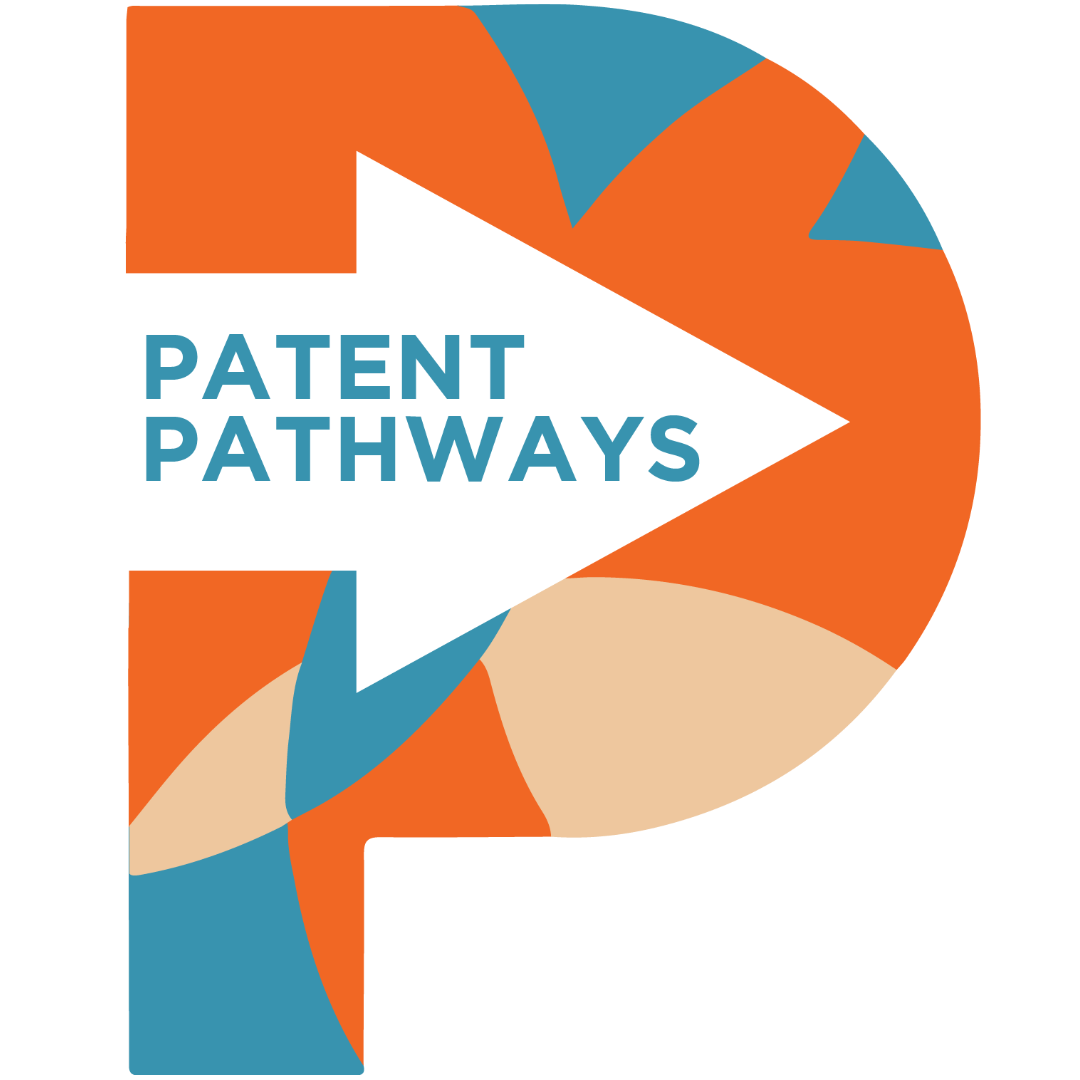Fostering an Inclusive Workplace: Interviewing and Hiring Best Practices
“Now, today, I know that many of our law firms are companies. They’re slashing DEI budgets. We’re getting attacked on the legal fronts from a Supreme Court decision that actually doesn’t even relate to the corporate programs we’re involved in. But people are trying to make hay out of it. So we’re facing a lot of resistance to these programs and what we’re trying to do. But that doesn’t mean that we have to stop investing our own time and energy into these really important and meaningful programs. On the contrary, I would say, it’s more important than ever that we continue to go continue to keep going. Someday, I think I’m fairly certain we’re all going to look back at how programs like Patent Pathways™ and ADAPT changed our profession forever. And my hope is that all of us can identify and recognize what’s important, because I’m here to tell you that the bus is here, and there is a ticket with your name on it.” – Jeremiah Chan, Meta
The pressing issue of diversity and inclusion in the patent field is not just a topic of conversation; it demands action. A compelling statistic that drives this point home is that there are more practitioners named Michael registered in the sector than there are racially diverse women. The stark reality of this situation underscores the need for concrete steps to foster inclusivity, particularly in interviewing and hiring practices.
Recently, the Patent Pathways™ Employment & Inclusion Committee hosted a webinar on Fostering an Inclusive Workplace: Interviewing and Hiring Best Practices. We were fortunate to be joined by Jeremiah Chan (Meta), Anupma Sahay (Reed Smith), Rachael Rodman (Ulmer & Berne, LLP), Reggie McGahee (Reed Smith), Ritu Singh (Dinsmore & Shohl), and Elaine Spector (Harrity & Harrity). These incredible speakers provided valuable insight on their own experiences as minorities in the patent field, biases they have both faced and unconsciously held, and tips on how employers can work to be more inclusive.
A common theme throughout the advice offered in this session is that incorporating multiple perspectives in the hiring process is not merely a good-to-have feature but an absolute necessity. When an interview panel is diverse, encompassing various genders, ethnicities, experiences, and specialties, the evaluation of candidates becomes more balanced and nuanced. Homogeneous panels can inadvertently perpetuate systemic biases, thereby narrowing the talent pool and limiting the breadth of perspectives within the organization. It’s not just about having diversity on paper; meaningful inclusion enriches the entire decision-making process and opens the door for underrepresented voices.
Training for unconscious bias is an essential part of preparing interview panel members. While overt biases are often easier to identify, it’s the unconscious biases that tend to slip through the cracks. For instance, “similarity bias” can occur when interviewers subconsciously favor candidates who share their alma mater, hobbies, or even musical tastes. Another example is “confirmation bias,” where interviewers, consciously or unconsciously, seek out information that affirms their pre-existing beliefs about a candidate. Regular bias training not only brings these subtle inclinations to light but also provides actionable strategies for mitigating their impact on the hiring process.
Structured interviews offer another layer of fairness. In such a setup, each candidate is asked the same questions in the same sequence, and their answers are evaluated against a predefined set of criteria. This approach eliminates much of the subjectivity inherent in free-form interviews, creating a level playing field for all candidates. It directly counters biases by offering a more standardized and objective evaluation process.
Transparency in the decision-making process is also crucial. Providing candidates with a clear outline of the evaluation criteria not only makes the process more understandable but also adds a layer of accountability. When organizations are transparent about how they make hiring decisions, it creates a culture of openness that benefits both the employer and potential employees.
But the effort to improve inclusivity shouldn’t stop there. Additional strategies can offer further enhancements:
1. Blind Resume Screening: Anonymizing resumes during the initial screening process can help mitigate biases related to gender, ethnicity, and age.
2. Skill-Based Assessments: These focus on the candidate’s ability to perform job-specific tasks, thereby offering a more objective measure than a resume or interview alone can provide.
3. Involvement of Current Staff: Enabling different staff members, not just senior leadership or HR, to be part of the hiring process can offer diverse perspectives and minimize individual biases.
4. Post-Interview Debriefs: Structured debriefing sessions that require panel members to articulate the reasoning behind their evaluations can substantially reduce the scope for subjective or biased judgments.
Ultimately, the push for diversity and inclusion serves a dual purpose. Ethically, it’s the right thing to do. Strategically, it positions organizations for greater innovation and adaptability. Diverse teams are better equipped to tackle complex problems, innovate, and drive organizational success. In the patent field, where innovation is the currency, the need for diverse and inclusive hiring practices is not just a moral imperative; it’s a business necessity.
Watch the full webinar here:
Want to get involved? Check out these useful links below!
JOIN A PATENT PATHWAYS COMMITTEE
BECOME A MENTOR
BECOME A LAW FIRM PARTNER
BECOME A CORPORATE SPONSOR
APPLY TO PARTICIPATE IN PATENT PATHWAYS
Want more? Watch Elaine Spector’s Driving Diversity series HERE. Elaine shares tips and sparks conversations to drive diversity in the legal field in this weekly short-video series.

